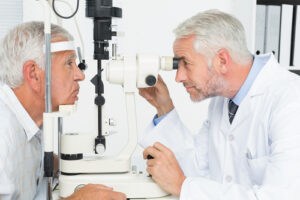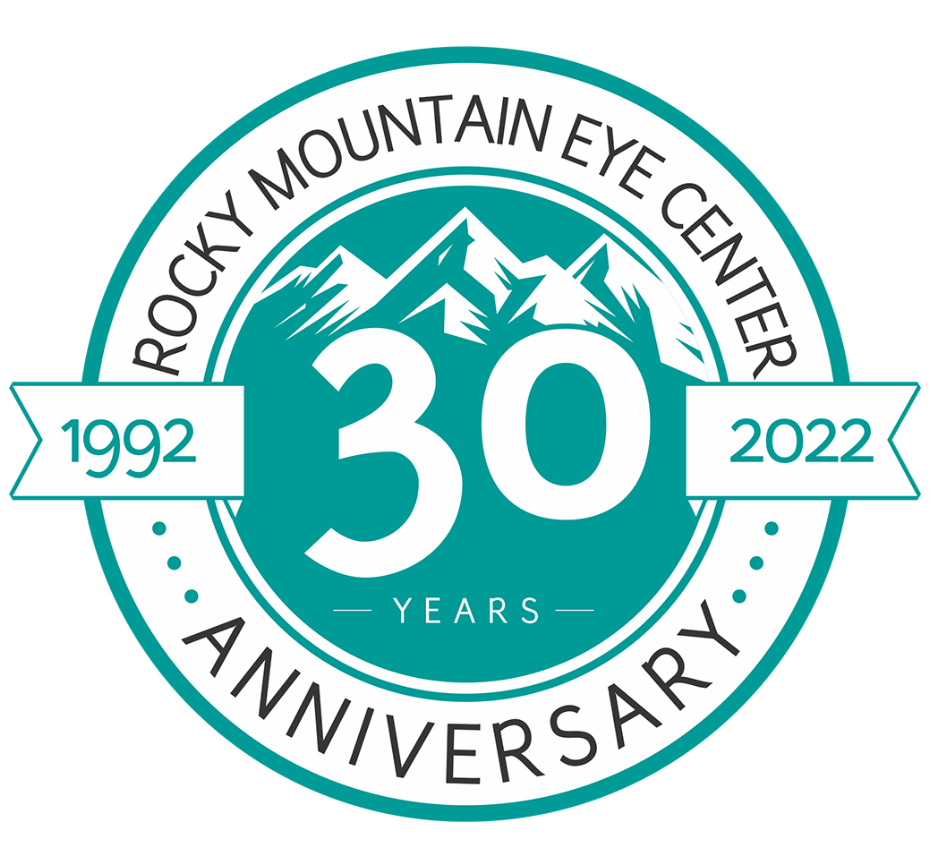
10 of the Most Common Cataract Symptoms
Posted by: Rocky Mountain Eye Center in News on March 13, 2023

Cataracts are one of the leading causes of partial vision loss in the United States. Though cataracts are often thought of as an eye condition that occurs in older adults, they generally start to develop around the age of forty.
Because they develop slowly, people with cataracts often do not know they have them until they begin to have symptoms. If you have experienced recent changes in the quality of your vision, cataracts may be to blame.
Keep reading to learn ten of the most common cataract symptoms!

1. Blurry or Cloudy Vision
Blurry or cloudy vision is often the first symptom of cataracts that you may notice, and it is also the most common symptom. Those with cataracts often say that they feel like they are looking at the world through a frost-covered or dirty window.
2. Double Vision
Double vision caused by cataracts occurs when light entering the eye is scattered by the developing cataract, causing you to perceive multiple but incomplete images. Double vision caused by cataracts often occurs in only one eye, a condition known as monocular double vision.

3. Seeing Halos Around Lights
Cataracts form when the proteins inside the lens of your eye begin to clump together, causing the lens to become cloudy. This clouding of the lens results in diffraction, or a spreading out, of the light as it enters your eye.
A typical result of this diffraction is that it causes you to see halos or starbursts around sources of light.
4. Difficulty Seeing at Night
If left untreated, cataracts can begin to darken, taking on a yellow or brown hue, which can profoundly impact your night vision. Compromised night vision makes driving particularly dangerous to both you and your fellow drivers.
5. Sensitivity to Bright Lights
The sensitivity to bright lights that is a common symptom of cataracts can make looking at sources of light almost painful. This another way that cataracts can compromise your ability to drive after dark, as the brightness of the headlights of oncoming cars can feel unbearable.

6. Fading or Yellowing of Colors
People with advanced cataracts that have begun to darken report either the inability to see color vibrantly or that the world around them seems to have been tinged yellow. At all stages of this eye condition, cataracts can cause changes in the ways that you are able to see color.
7. Need for Brighter Light for Reading and Other Activities
If you have cataracts, you may notice that you need brighter lights to do activities that require close vision, like reading or knitting. As they advance, cataracts block light from getting to your retina, making it harder and harder to see in low or medium light.
8. Frequent Changes in Eyeglass or Contact Lens Prescription
While your vision inevitably changes as you age, if you have cataracts, you may find that you need to adjust your eye prescription more often than is typical. While you may think that you simply need to get a stronger pair of reading glasses to see clearly, cataracts could be the cause of your vision issues.
9. Difficulty with Glare from Sunlight or Headlights
If you find it newly difficult for your eyes to adjust to glare, cataracts might be to blame. People with healthy eyes may find glare uncomfortable, but their eyes can adjust to lessen the effects.
With cataracts, your eyes are unable to modulate the amount of light that is entering the eye.
10. Poor Depth Perception
People with certain types of cataracts, like cortical cataracts, may find that they start to have problems with their depth perception. Poor depth perception can be dangerous, as it can affect a person’s overall coordination and lead to hazardous trips or falls.
Restore Your Vision Through Cataract Surgery
If you recognize any of these symptoms, the best way to protect your eyesight is to see a qualified eye care provider as soon as possible. Your eye care provider can give you a comprehensive eye exam, including specific tests to detect cataracts.
If you are diagnosed with cataracts, you can restore your vision with safe and effective cataract surgery. Cataract surgery is one of the most commonly performed eye surgeries in the United States, with an estimated two million procedures performed every year.

Advances in cataract surgery mean that it is a low-risk, outpatient procedure with a short recovery time. During the procedure, the surgeon removes the clouded natural lens of the eye and replaces it with an artificial intraocular lens, or IOL.
One of the added benefits of cataract surgery is that the artificial IOL not only completely resolves cloudy vision but it can also improve your vision. A standard IOL can improve your vision at a single distance, while available premium IOLs can improve your eyesight at two or more distances or correct astigmatism.
With early detection and effective treatment from an experienced eye care provider, like Rocky Mountain Eye Center, a cataract diagnosis does not have to mean the end of your clear vision. At Rocky Mountain Eye Center, our goal is to ensure you see your life better!
If you are experiencing symptoms of cataracts that are beginning to affect your ability to perform your routine tasks, it may be time for cataract surgery!
Are you experiencing symptoms of cataracts? Schedule an appointment at Rocky Mountain Eye Center in Pueblo West, CO, today!



